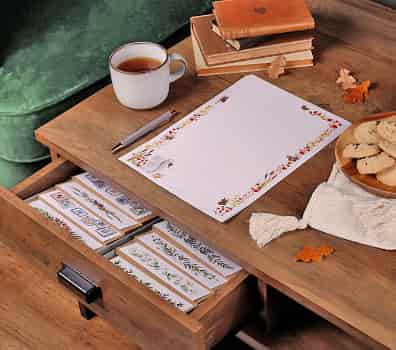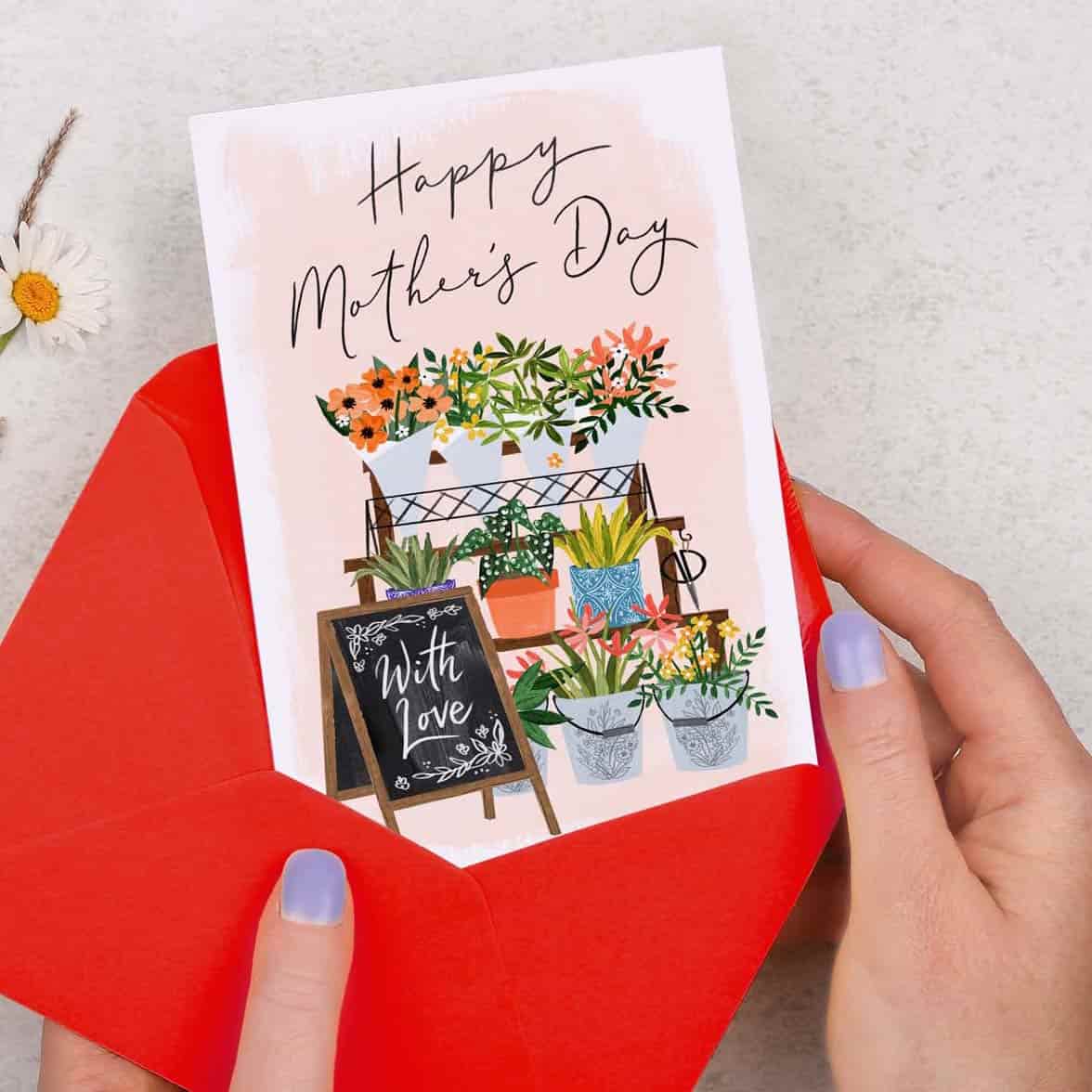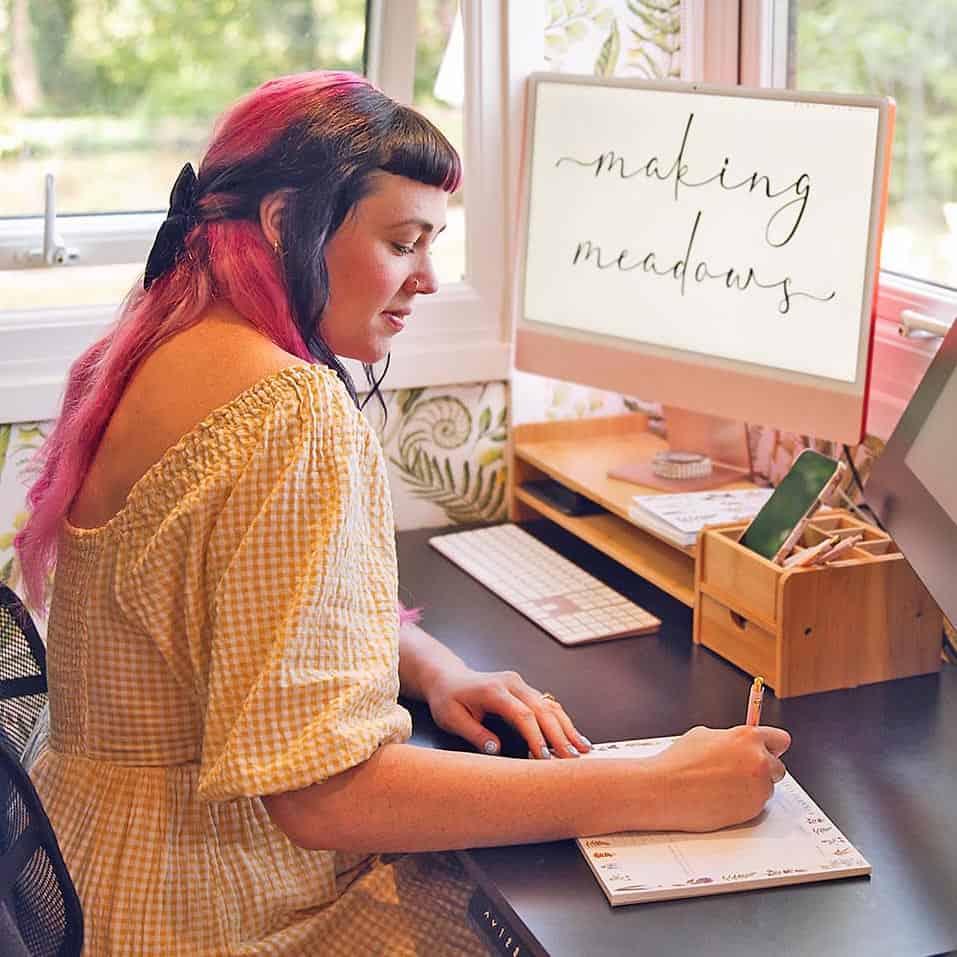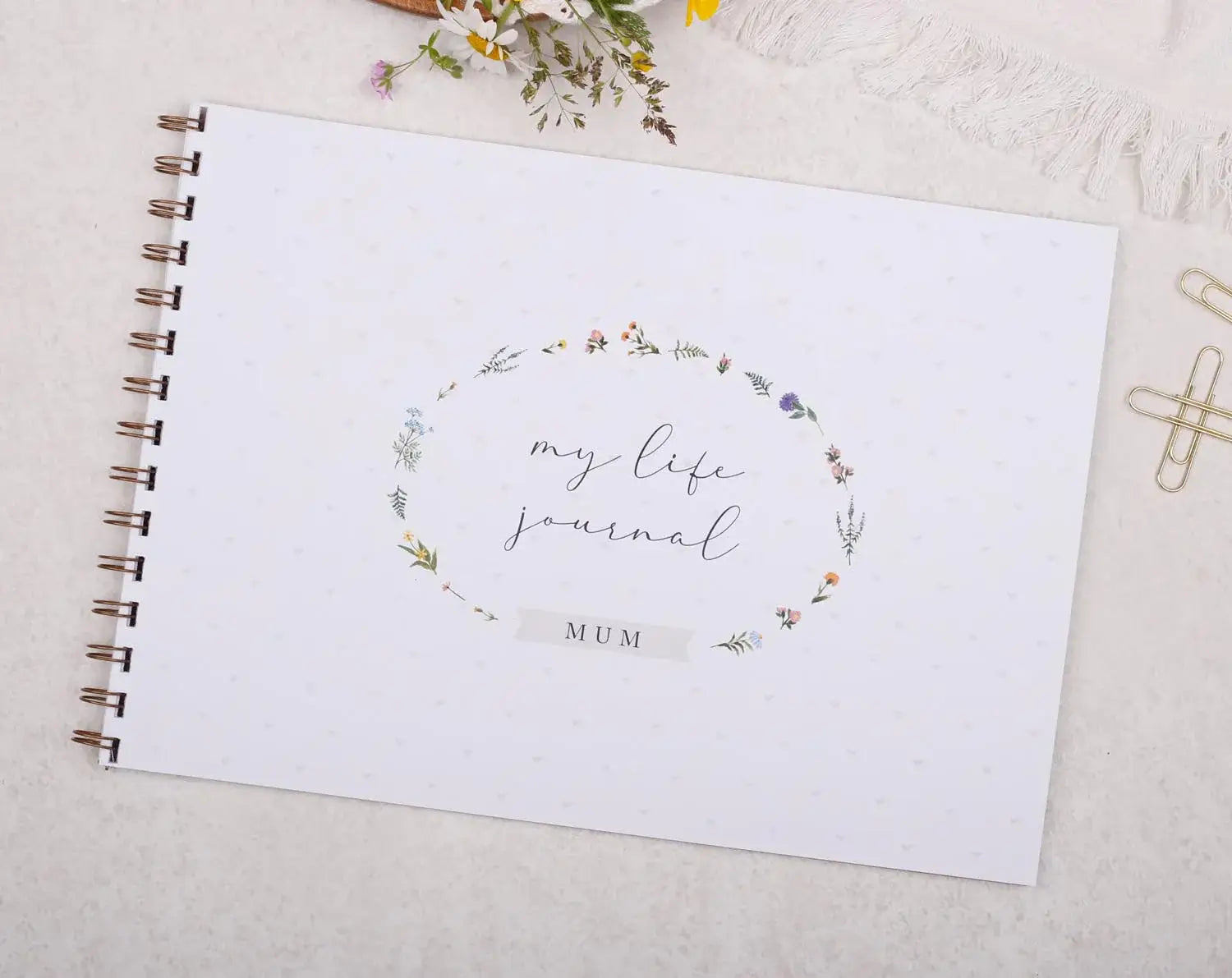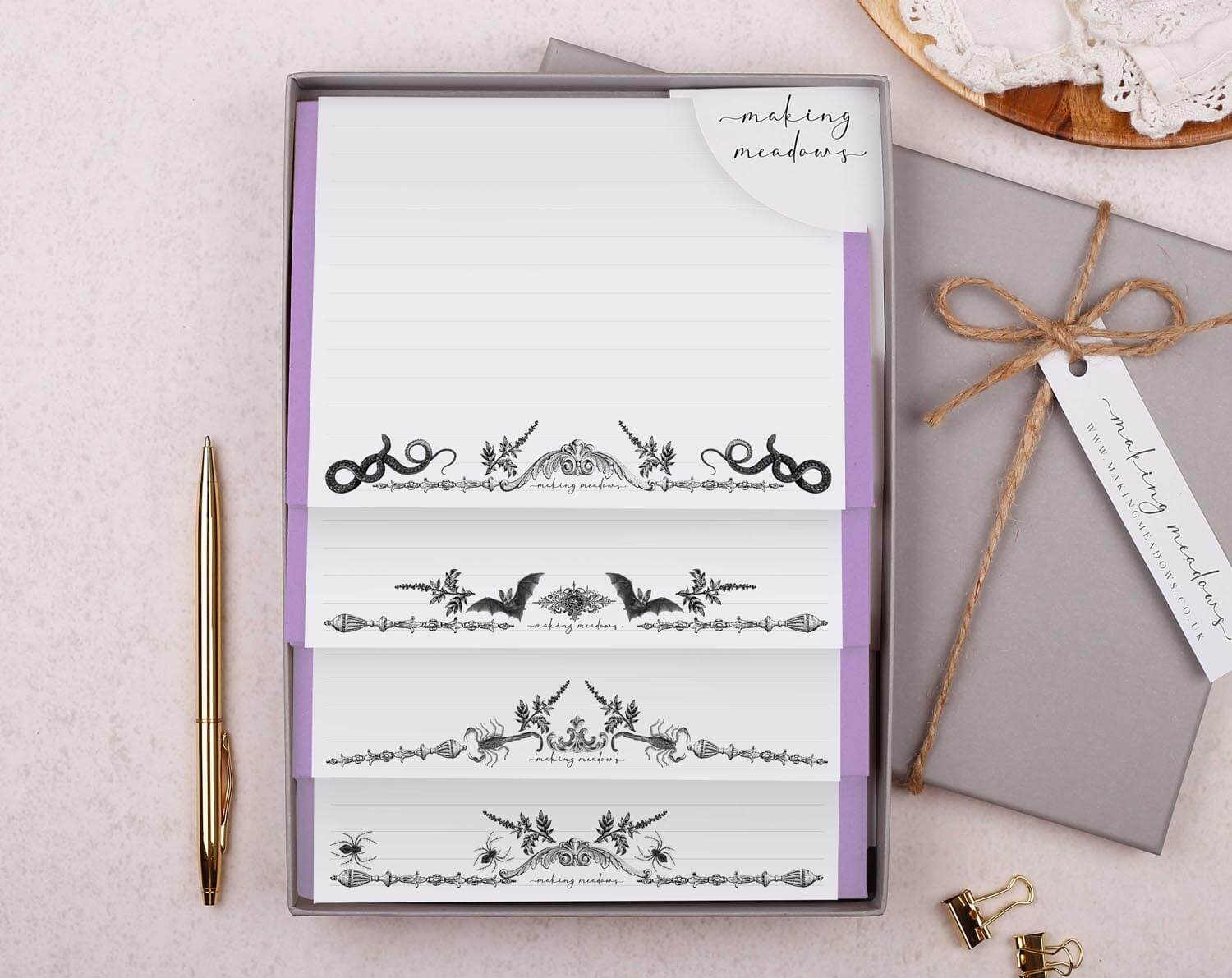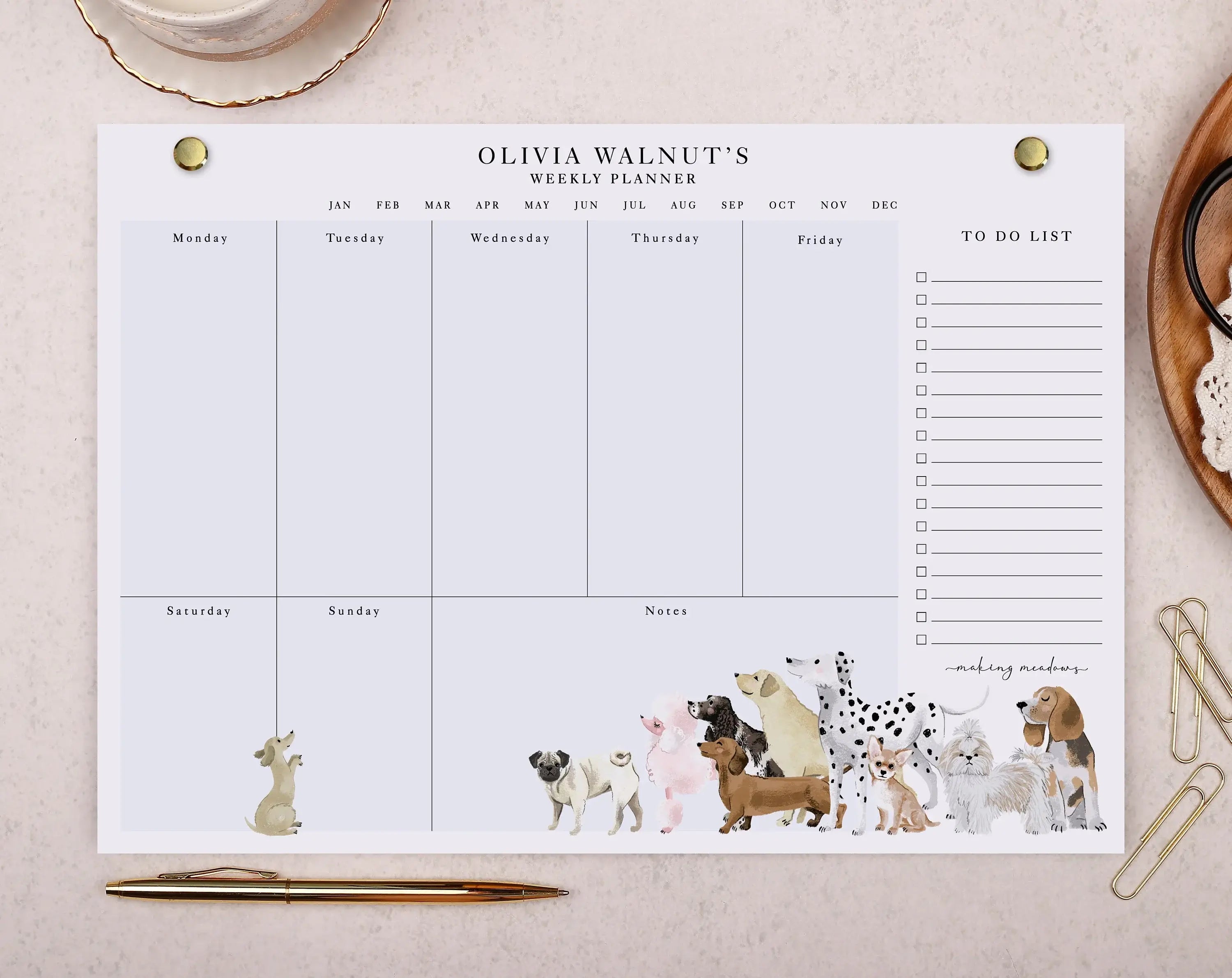A Journey Through the Evolution of Envelopes
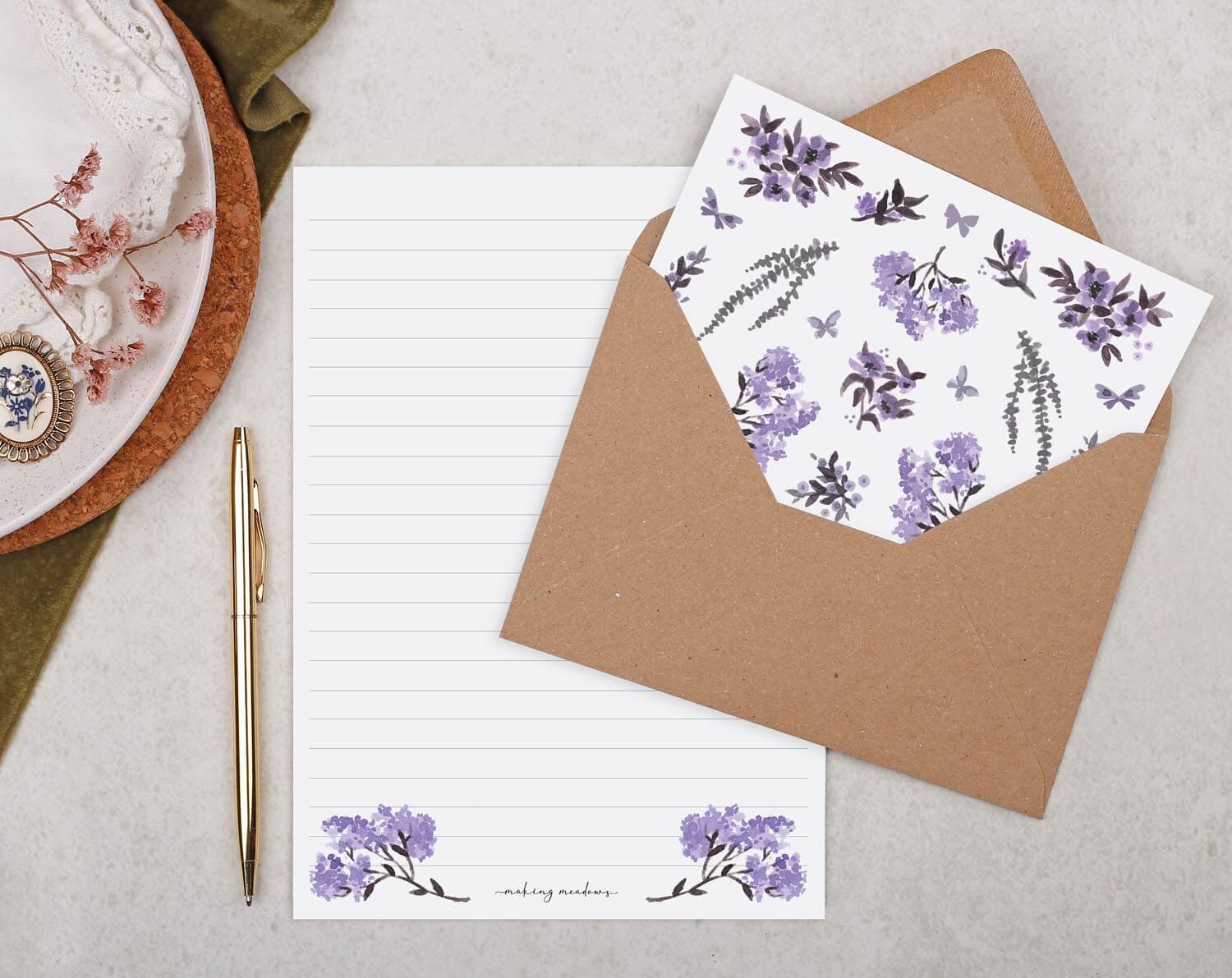
The humble envelope might seem like a relic of the past, yet, this simple folded paper has a rich history that spans centuries and continues to play a crucial role in communication and correspondence. Join us as we delve into the fascinating evolution of envelopes—from ancient beginnings to modern innovations.
Ancient Origins
The concept of enclosing written messages in protective coverings dates back to ancient civilisations. In early Mesopotamia, clay tablets were enclosed in clay envelopes to protect important documents. Similarly, ancient Chinese writings from the Qin Dynasty (221-206 BC) were found wrapped in silk and bamboo envelopes, showcasing early forms of envelope-like enclosures.
Medieval Beginnings
During the medieval period in Europe, letters were often folded and sealed with wax or a signet ring to ensure privacy and authenticity. These folded letters, known as "letter lockets," evolved into the more familiar folded paper envelopes we recognise today.

Industrial Revolution and Standardisation
The advent of the Industrial Revolution in the 19th century brought significant advancements in envelope production. Steam-powered machines enabled mass production of envelopes, making them more accessible and affordable. In 1845, Edwin Hill and Warren De La Rue patented a machine capable of producing envelopes at high speed, revolutionising the envelope manufacturing process.
Envelopes in Modern Times
By the early 20th century, envelopes had become standardised in size and shape, facilitating efficient postal delivery worldwide. The introduction of gummed adhesive strips in the 1950s eliminated the need for sealing wax, further simplifying the use of envelopes.
Specialised Envelopes
Envelopes have evolved beyond their traditional role of carrying letters. Today, they come in various sizes, colors, and designs to suit different purposes—from official business correspondence to greeting cards, invitations, and packaging for small items.
Environmental Considerations
In recent years, there has been a growing emphasis on eco-friendly envelopes made from recycled materials or sustainable sources. This shift reflects a broader commitment to reducing environmental impact and promoting sustainability in stationery and postal practices.
The Future of Envelopes
As digital communication continues to dominate, the role of physical envelopes may evolve further. However, their enduring appeal as tangible symbols of personal connection and formality ensures that envelopes will remain relevant in our interconnected world.

From ancient clay tablets to modern paper envelopes, the evolution of this seemingly simple stationery item mirrors the evolution of human communication itself. As we continue to embrace digital innovations, let us not forget the timeless charm and practicality of the envelope—a vessel that carries our messages across distances and through time.
Why not browse our Envelope Collection and then next time you seal an envelope, take a moment to appreciate its storied history and the role it plays in preserving the art of correspondence.
Making Meadows x


